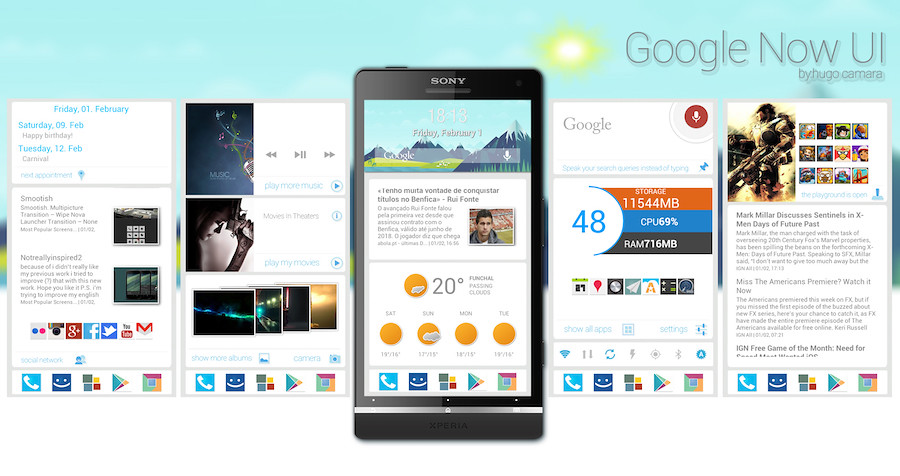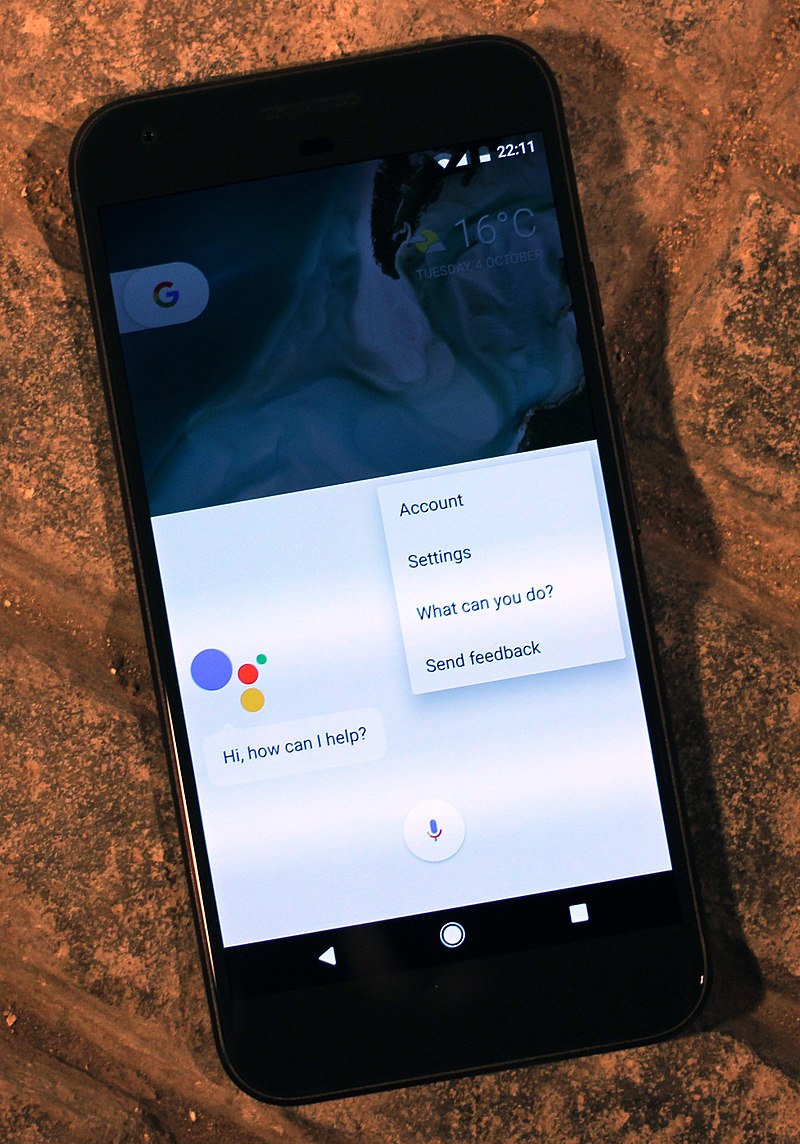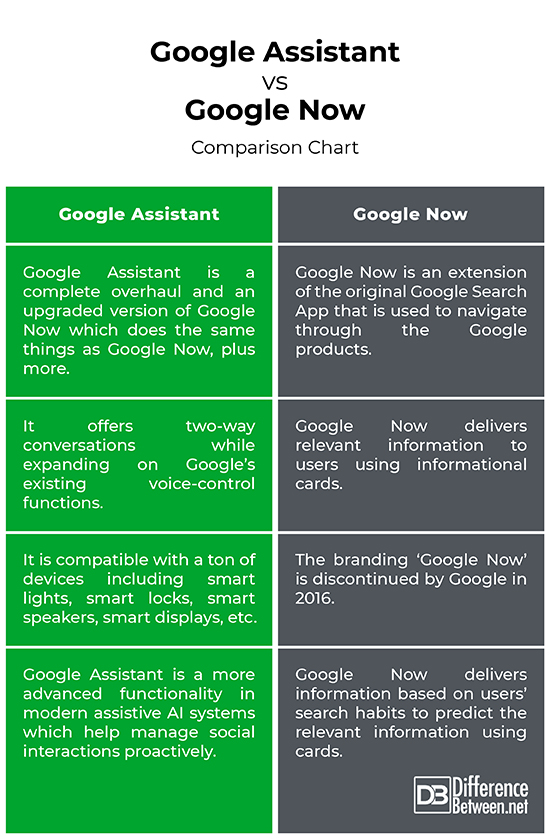Difference Between Google Assistant and Google Now
Google’s two voice-based personal assistants, Google Now and Google Assistant, are not so different, considering they have so much in common. However, Google Assistant is AI, so more conversational and it can do more than just search; it engages in two-way conversations, learn stuffs about you and recall information from past conversations to deliver the most relevant results, integrate with your smart home devices, and so much more. Google Now is not used by Google anymore.

What is Google Now?
Google Now is the Google’s voice-based virtual assistant, similar to Apple’s Siri and Amazon’s Alexa. In 2012, Google introduced the voice assistant as an extension of the Google Search App, particularly for Android smartphones. Unlike Siri, Google Now is not platform specific; it is available on both Android and iOS devices, but the hardware controlling capabilities are very limited on iOS. It allows users to customize their experience using informational cards that deliver important information, such as weather, traffic, music and sports. There are different categories of cards to choose from including sports, stocks, places, TV & video, and everything else. The more you use Google Now, the better and faster it learns your patterns and delivers relevant information. Google Now is basically software from Google that is used to navigate through the Google products, and it is also useful as a personal assistant. The name ‘Google Now’ is not used anymore.

What is Google Assistant?
Google Assistant is the upgraded version of the old Google Now app which basically does all the same things as Google Now, plus more. Google Assistant is the Google’s own AI-powered personal assistant that is primarily available on smartphones and smart home devices. It is available on all devices running on Android 6.0 or higher, including smartphones, tablets, Google Home, and Android Auto. Google Assistant comes pre-installed on all new Android devices. Users can choose to access Google Assistant hands-free by simply saying those two magical words, “Ok, Google”. It has a rich, intuitive interface and unlike Google Now, it offers two-way conversation to deliver information in a more conversational format. It is more life-like and can do more than just search; it controls your smart home devices, learns from your actions, control your music, play content on your Chromecast, read your notifications, and more.
Difference between Google Assistant and Google Now
Assistant
– Both are Google’s own voice-based virtual assistants that have some common basic functionality, but Google Assistant is a complete overhaul and an upgraded version of Google Now which is designed to be more personal. Google Assistant is powered by artificial intelligence, so it is more life-like, meaning it offers information like Google Now, but in a more conversational format. Google Assistant is basically an extension of Google Now which expands on its existing “Ok, Google” voice controls. Google Now, on the other hand, is not used by Google anymore.
Functionality
– Google Now pulled out relevant information for users using informational cards to deliver important information, such as weather, traffic, music and sports. There are different categories of cards to choose from including Sports, Stocks, Places, TV & Video, and Everything else. Google Assistant lives in that space now, offering two-way conversations. Google Assistant does more than just search; it controls your smart home devices, learns from your actions, control your music, play content on your Chromecast, read your notifications, and more.
Integration
– Google Now is basically software from Google that is used to navigate through the Google products, and it is also useful as a personal assistant. Google Now delivers information based on users’ search habits to predict the relevant information in the form of informational cards. Google killed the ‘Google Now’ branding in 2016. Google Assistant has a much wider range of integration with smart home devices, particularly Google Home devices and Google Pixel smartphones. It is compatible with a ton of devices including smart lights, smart locks, smart speakers, smart displays, and more.
AI
– Unlike Google Now, Google Assistant is a more advanced functionality in modern assistive AI systems which help manage social interactions proactively. Google Assistant automatically texts your friend who is waiting for you at some restaurant, letting him/her know that you will be ten minutes late. It takes upon itself and eases your social interactions by communication with your friend on your behalf. It engages in two-way conversations, learn stuffs about you and recall information from past conversations to predict the relevant information when needed. Google Assistant uses AI and machine learning to provide results and speak naturally.
Google Assistant vs. Google Now: Comparison Chart

Summary of Google Assistant vs. Google Now
While Google Now gives results through Google Search, Google Assistant uses AI and machine learning to provide results and speak naturally. Google Assistant is basically an upgraded Google Now, which does basically the same things as Google Now, plus more, in a more conversational format. Google Now delivered information based on users’ search habits to predict the relevant information using cards. Google Assistant uses the combination of machine learning and artificial intelligence to learn stuffs about you and recall information from past conversations to predict the most relevant results. Google killed its virtual assistant Google Now in 2016 and Google Assistant took over.
- Difference Between Caucus and Primary - June 18, 2024
- Difference Between PPO and POS - May 30, 2024
- Difference Between RFID and NFC - May 28, 2024
Search DifferenceBetween.net :
Leave a Response
References :
[0]Image credit: https://www.flickr.com/photos/155754835@N04/35274509873
[1]Image credit: https://en.wikipedia.org/wiki/Google_Assistant#/media/File:Android_Assistant_on_the_Google_Pixel_XL_smartphone_(29526761674).jpg
[2]Wirtz, Bernd W. Digital Business Models: Concepts, Models, and the Alphabet Case Study. Berlin, Germany: Springer, 2019. Print
[3]Gookin, Dan. Android Phones & Tablets For Dummies. Hoboken, New Jersey: John Wiley & Sons, 2017. Print
[4]Kashyap, Patanjali. Machine Learning for Decision Makers: Cognitive Computing Fundamentals for Better Decision Making. New York, United States: Apress, 2018. Print
